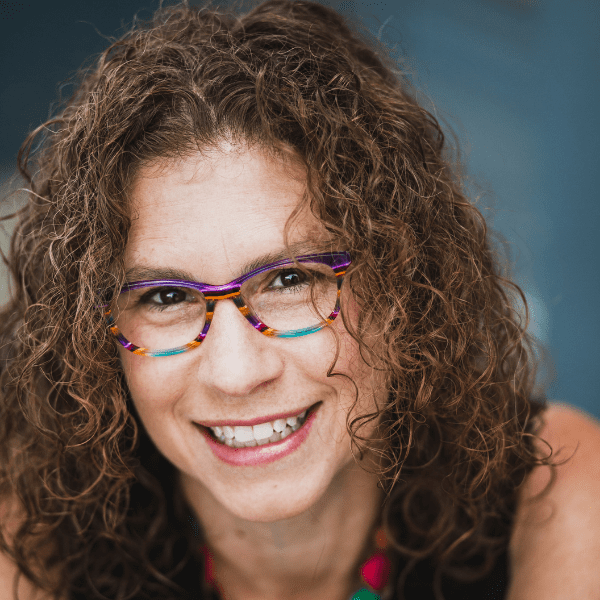If you are a leader, you probably end up presenting training sessions or leading seminars from time to time, even if it is not a part of your formal job description.
Last Wednesday, I drove to East Lansing, MI to attend part of Choices 2010. Mary Jo Asmus, an executive coach with extensive experience working at a Fortune 100 company, presented the session I attended, “Coaching for Breakthrough Performance.” I learned a lot from her, both from the content she presented and from the way she interacted with the participants.
Here are some lessons I learned that may help you make your presentations more memorable, helpful, and practical.
Start by listening. Before Mary Jo did anything else, she asked the people attending the seminar what they expected to gain from the afternoon together. Maybe you already do this, but I am betting Mary Jo took it one step farther. She really listened — not just to the words they spoke, but also to the emotion behind the words — so she could pick up on hesitation or hindrances to learning. Later, Mary Jo stressed the importance of listening in coaching and leading others. Since she had already modeled this important skill, her words resonated more deeply.
Ask Good Questions. Throughout the session, Mary Jo asked great questions to get people thinking and interacting with the material. Her questions were open-ended. She asked “what” questions, allowing people the freedom to find answers for themselves.
Be Encouraging and Positive. Mary Jo exuded confidence in the seminar participants. Throughout the afternoon, she said things like “You can do this!” Even though some of the people may have been unsure of their ability to implement the material, Mary Jo provided what they needed to get past their inhibitions. Mary Jo told them they could do it, through her encouraging words. Then she showed them they could do it by allowing them to practice.
Give People the Opportunity to Practice Course Material. Throughout the afternoon, Mary Jo invited people to partner with others to practice their coaching skills and to receive feedback about their coaching. Many of the people in the session had never been exposed to the coaching process before. It gave them, and those of us more familiar with coaching, a chance to immediately apply the information Mary Jo shared with us.
Join the conversation!
What other ideas do you have about how to make presentations memorable?
Marion Chapsal writes a great blog about how to make presentations outstanding. If you have never checked out her blog, I encourage you to do so today.
This was originally posted at Mountain State University LeaderTalk and is re-posted with permission.

I am the founder/CEO of the Weaving Influence team, the author of Reach: Creating the Biggest Possible Audience for Your Message, Book, or Cause, and the host of the Book Marketing Action Podcast. I’m a wife and mom of three kids, and I enjoy running, reading, writing, coffee, and dark chocolate.


Wow Becky, thank you. I am really, really humbled that you enjoyed the class and observed that closely. Maybe you could tell – this is my favorite workshop to do.
Thank you for your participation and willingness to be coached at the front of the class so the participants could observe the potential of this skill.
Becky,
Thanks for sharing. I’m glad your seminar went well.
It’s funny how a great presenter’s ability to listen is foundational to giving a great presentation. 🙂
Leadership Freak
Dan Rockwell
Becky,
The title of your blog post is how I start all of my Train-the-Trainer sessions. I ask participants to create a list to the question “What makes a great training session?” The items listed are extensive and nearly always include all the key points that I will be teaching.
It sounds like MJ employed the same technique, which as you point out, involves a high degree of listening. By asking questions, then truly listening to participants’ responses, you are acknowledging their existing expertise. Adult learners don’t respond well to trainers (or presenters) who have an I’m-The-Expert Complex. If the information is presented in a way that facilitates true discussion, then I find the session goes much better.
Thanks for highlighting these key points, Becky. One key theme I find that connects all of them is how the focus is on who we’re interacting with, on how they are taking in the message and what their understanding of it is. Too often in business, we treat meetings, presentations and even one-on-one conversations between leaders and their employees as a “I talk, you listen” approach. Always refreshing to read pieces like this that point the importance of listening and focusing on others instead.
Not surprised that Mary Jo did a great presentation; reading this summation makes me wish I could’ve attended as well.
Hello Becky, hello everyone,
Why has no one mentioned hand-outs? When I’m making my presentations I always make sure that I have all my PowerPoint slides printed out (usually 6-8 per page) and stapled. Everyone who walks into the room gets his/her copy before I start talking. People love it. This way they can actually listen, rather than try to listen and write from the screen at the same time. Plus it helps to spread ideas. People take these print-outs to their organizations, show to their bosses, colleagues, etc. It’s a good trick.